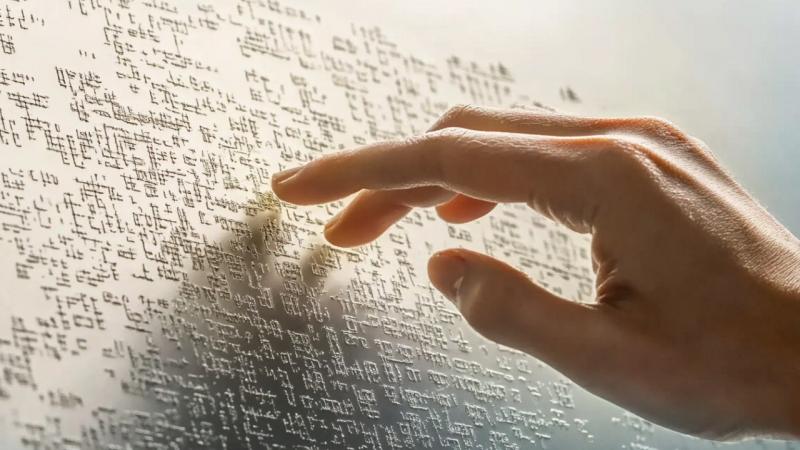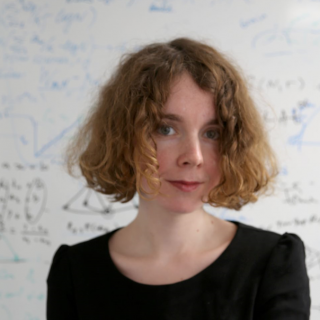Seeing How Machines See

Our project, "Seeing How Machines See," explores the intersection of AI, neuroscience, and visual language to enhance our understanding of artificial intelligence. We believe that to truly grasp how machines think, we need to explore the full spectrum of intelligence: human intelligence, the intelligence of individuals with visual impairments, and the unique aspects of artificial intelligence.
We pose questions about how blind individuals perceive information and how their experiences differ from those of machines. Is there a link between machine intelligence and the absence of reasoning? We delve into the concept of "seeing," which extends beyond simple pattern recognition and visual signal processing. For blind people, seeing may involve collective experiences, allowing them to navigate the world in their own way.
Our project aims to create an interactive atlas of intelligence, mapping various functions of intelligence across different agents. We focus on the similarities and differences in how humans, individuals with sensory impairments, those with dyslexia, and machines process information.
About Liubov's research:
Imagine scientific discovery as a journey, throughout the city of ideas, blocks of knowledge packaged in the form of papers and books. The increasing amount of information is growing every day so it is challenging to browse the growing knowledge landscape.
In our work we are studying AI algorithms and developing mathematical foundations, which can help us to map how news ideas appear and travel through time and how knowledge grows. We looked at millions of articles in science, to see how the knowledge landscape evolves. People who produce this knowledge are moving throughout this landscape similarly to people traveling in our cities. This research has been common effort with our lab and resulted in several papers:
[1] C. Singh, L. Tupikina, M. Starnini, M. Santolini “Charting mobility patterns in the scientific knowledge landscape” Nat.Comms arxiv.org/abs/2302.13054 arxiv, EPJ (2024)
[2] C. Singh, E. Barme, R. Ward, L. Tupikina, M. Santolini “Quantifying the rise and fall of scientific fields”, Plos One 17(6): (2022)
